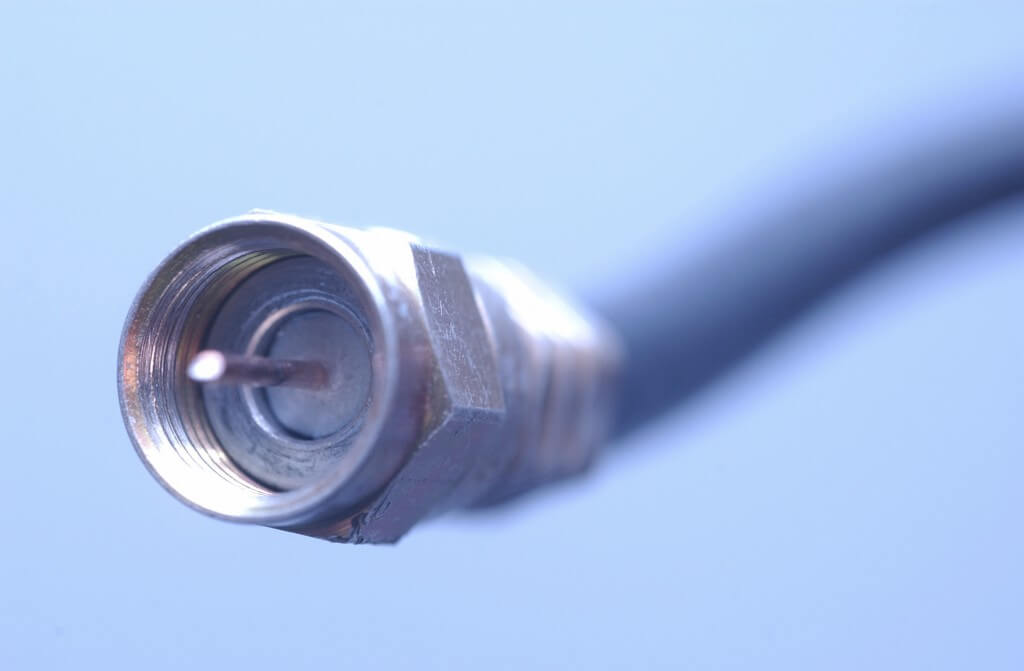Evolution of Fire Alarms
Combine powerful information provided by field detection devices with the ability to capitalize on high-speed data transmission provided by fiber optic transmission media, wide-area and local-area networks, and you have fire alarm systems capable of sending very detailed information via Internet-based digital alarm communicator transmitters or direct networks to emergency responders or off-site monitoring locations with device specific detail.
Because the fire alarm industry knew little of professional sound and communication principles, early generation voice communications systems provided unintelligible notification messages that were solely used for fire alarm functions and fire department operations. The voice communications component of fire alarm systems has evolved such that, when designed properly, specifically routed messaging can deliver clear emergency and non-emergency messages, including music. This change required the fire alarm industry to realize that redundant voice communications systems (i.e., PA systems and music systems) could be replaced by fire alarm voice communications systems. Codes in place require the industry to supervise speaker circuits for integrity in the active state. In other words, while music is playing, the fire alarm system must be capable of identifying that a circuit has been damaged or broken. Today this capability is now commonplace for the major fire alarm system manufacturers.
Over the last 10 years, fire alarm systems have begun to evolve into multi-faceted mass communication platforms, largely as a result of terrorist events and government or military needs. These mass communication capabilities include fully intelligible voice messaging systems that can integrate textual signage. Multi-faceted mass communication plans can now draw on the fire alarm system to provide message outputs via text messaging, paging and email. Additionally, fire alarm systems can be seamlessly integrated with wide area mass notification systems that utilize high-power outdoor speaker arrays that can reach large geographical areas with highly intelligible messages.
More User-Friendly Features
All of this information must be difficult to navigate and use, right? Quite the opposite. New fire alarm control unit interfaces have capitalized on technology. Manufacturers are utilizing intuitive liquid-crystal displays and well-labeled switches that make navigating through all of this information as simple as using a smart phone. Manufacturers have integrated navigation wheels and touch screens to make navigation intuitive and closely parallel the electronic tools that we have all become accustomed to using daily.
Modern fire alarm systems have the ability to perform remote status querying, which ultimately improves user interface and allows facility managers to remotely, via the Internet, connect to their fire alarm system to interrogate its status. No alterations may be made remotely, but this interface has improved the ability of facility managers to interact with their fire alarm systems and dispatch the right maintenance assets quickly.
Article Provided By Facilitiesnet
![]()
If you would like liquidvideotechnologies.com to discuss developing your Home Security System, Networking, Access Control, Fire, IT consultant or PCI Compliance, please do not hesitate to call us at 864-859-9848 or you can email us at deveren@liquidvideotechnologies.com


Recent Comments